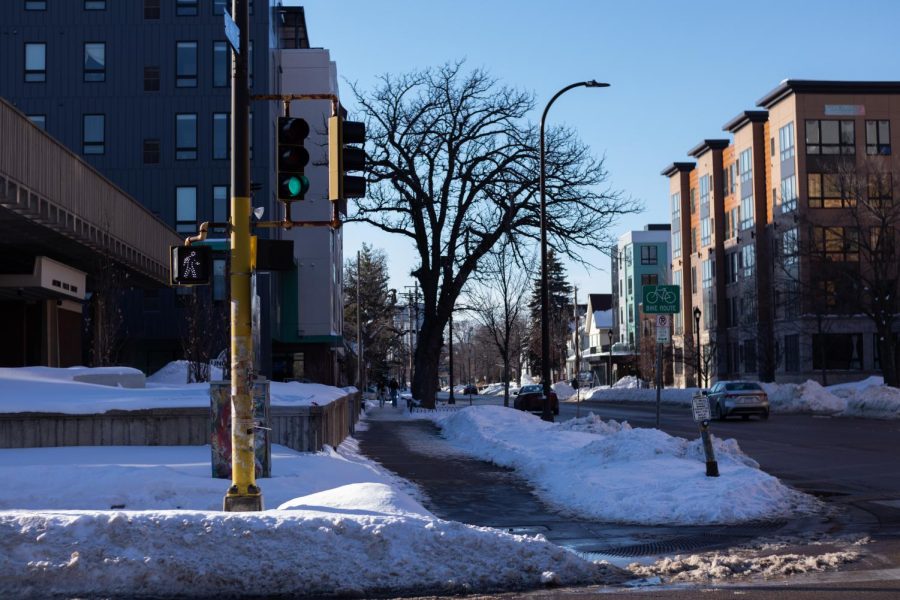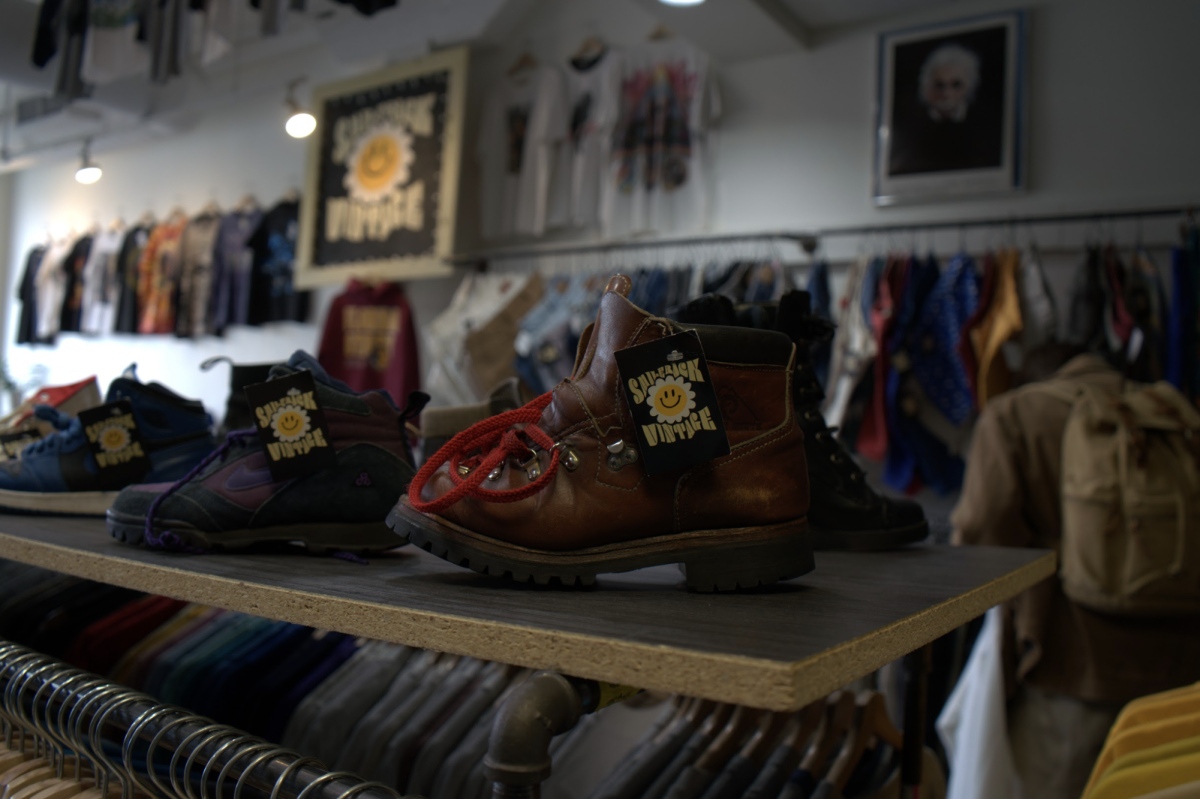The University of Minnesota’s Undergraduate Student Government (USG) voted to approve a resolution on Tuesday calling for the City of Minneapolis to fully fund a municipal sidewalk plowing and snow removal program.
Yusra Hassan, the resolution’s author and USG’s government and legislative affairs (GLA) federal coordinator, said the resolution details how unplowed sidewalks have led to an increased safety concern for students.
“There are people who live in the University’s surrounding neighborhoods like Stadium Village, Marcy-Holmes and Dinkytown who don’t have access to cleared sidewalks,” Hassan said. “Most students rely on walking to class, to the bus stop or to the light rail to get where they need to be on campus, so it’s important that they can do that safely.”
Hassan wrote the resolution with the help of GLA Local Coordinator Katie Smithberg and GLA Director Carter Yost. The resolution addresses safety issues for students walking to and from campus.
“From my experience talking to students, I’ve had a lot of feedback saying, ‘The moment you step on campus, the sidewalks are fine,’ but for those who live in Dinkytown or Como, walking to classes has been really difficult,” Smithberg said. “I’ve heard stories of people slipping, and I actually know someone that fell and hit their head.”
The resolution also includes concerns about the city’s unplowed sidewalks causing equity, accessibility and sustainability issues, according to Smithberg.
“There’s people living in low-income situations that don’t have the privilege to drive places and need to walk,” Smithberg said. “A lot of students also care about sustainability and being able to take public transportation instead of driving, and being able to walk would help the city get closer to their goal of reducing carbon emissions.”
Smithberg said students with physical disabilities have a challenging time navigating some sidewalks due to the conditions, and it can seem “almost impossible” in some cases.
Hassan worked closely with Minneapolis City Council Member Robin Wonsley while writing the resolution. Wonsley has pushed for city-wide snow removal in the past, and she recently sponsored a legislative directive that requested a review to determine whether the city should create a program that would remove snow and ice from all city sidewalks by 2027.
The City Council approved the directive on Thursday, which the Public Works Department will implement by June 22. The department will explore the costs of equipment and labor for the potential program, which some council members have raised concerns about. According to Wonsley, a similar directive was conducted in 2018 that estimated either a $6 million or $20 million annual cost to implement the program, depending on weather conditions.
“Residents are hurting themselves and are having to seek medical care, take time off work and have kids be out of school,” Wonsley said. “We’re already dealing with the consequence of failing to address this issue.”
Wonsley said she has received complaints from University students who live off-campus about the dangerous sidewalk conditions during winter since the Marcy-Holmes and Como neighborhoods are within her ward.
According to Hassan, the goal is to establish a fully-funded sidewalk snow removal program by 2024 in the city’s Pedestrian Priority Network, a 298-mile radius that encompasses the city’s most heavily trafficked sidewalks, which includes parts of the University and its surrounding neighborhoods. The program would expand to encompass every Minneapolis sidewalk by 2027.
“We want to make sure students are safe on campus and we are able to get them where they need to go without injuries or having to miss class because they’re unable to navigate sidewalks due to snow,” Hassan said.



























